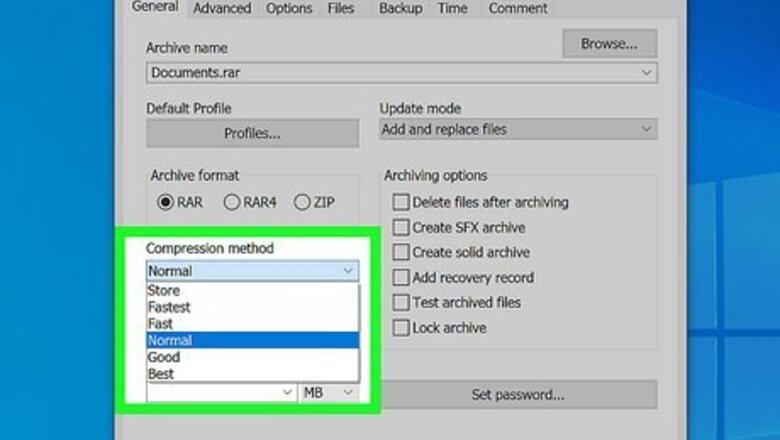
views
Can You Compress A File to Any Size?

No, but you can select the level of compression. Tech Specialist Luigi Oppido explains, that most file compression programs "will give you the file sizes. So, one might compress it into a smaller file size than another." Most file compression programs allow you to select the level of compression when creating a compressed file. This can make the compressed file larger or smaller. However, you cannot always compress a file to the exact size you want, and there is a limit to how much a file can be compressed. Furthermore, not all file types can be easily compressed. Many file formats, such as JPEG, MP3, MP4, Docx, and other media files are already compressed files. Compressing these files with a file compression program like WinZIP probably won't do much to reduce the file size. However, you can render smaller file sizes using video and audio editing software or an online converter tool, but doing so may greatly reduce the quality of the file. Most file compression programs, such as WInZIP allow you to select the level of compression. Also, zip files can usually be opened by any SO, so it's the best format for maximum compatibility. If maximum compression isn't enough to reduce a file to the size you want, you can try using an alternative compression method such as WinRAR, or 7-Zip.
Are There Better Alternatives to ZIP Files?

Yes, you can use WinRAR or 7-Zip. ZIP is one of the oldest and most popular compression methods. Newer operating systems have the ability to create zip files built-in without the need to download additional software. Tech Specialist Luigi Oppido explains, "the RAR files [sometimes] require a third-party software, but it makes it a little bit smaller and more compressible. The ZIP files are openable by anything." He recommends using WinRAR: "it's great for PC, great for Mac. It's free. You can buy it if you want. You don't have to. And then you [...] just drop the file into WinRAR, hit compress into the file format that you want [...] and compress it." 7-Zip is another newer compression program. It also has a higher compression rate than ZIP files and allows you to select the rate of compression.
What Can I Do If a Compressed File Is Still Too Big?
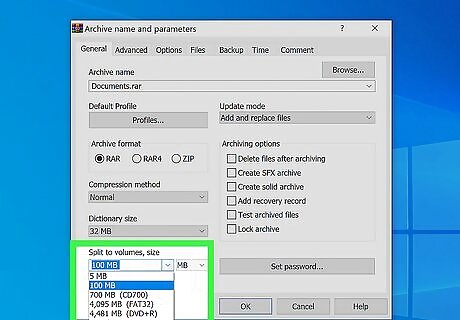
You can create split files. Both WinRAR and 7-Zip have the ability to create split files that are a specific size. You can send these files over email one at a time. In order to extract the contents of split files, all split files must be in the same folder.
Upload and share via cloud drives. If you want to share a large video/audio/image to others, you can upload it to cloud services, like iCloud, Google Drive, and more. Then share this link to others via WhatsApp, Snapchat, email, message, etc. This is usually a better way to share large files than splitting. Tech Specialist Luigi Oppido explains, "you can [split your files], but you're just asking for problems if you're doing that. [...] Splitting is one of the very last, last resorts. [...] I would not ever recommend that [as a first resort] for a large file."
Can I Compress Files That Are Already Compressed?
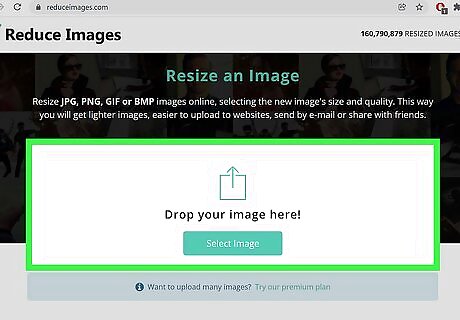
It depends on the file type and level of compression. Compressing a ZIP, RAR, or 7Z file will not make the file smaller. In some cases, it may make the file bigger. Media files such as JPEG, MP3, MP4, PDF, and Docx are already compressed. However, there are online tools that can reduce the size of these files. However, this will also reduce the quality of the files.
How Do I Compress Files with WinRAR?

You can use the following steps to compress files using the maximum compression rate. According to Tech Specialist Luigi Oppido, "that would allow you to either compress multiple files into one file or compress one file into a smaller version. [...] I don't think there's any other [apps] that would be able to do it better." This does not guarantee that it will produce a file the size you want, but it will produce the smallest possible file. If the file is still too large, you can create split files that are a specific size. Use the following steps to compress a file using WinRAR: Download and install WinRAR from https://www.win-rar.com/start.html?&L=0 Right-click the folder or file you want to compress. Click Add to archive. Ensure "RAR" is selected below "Archive Format." Select "Best" below "Compression Method." Select "128 MB" below "Directory Size." Enter the maximum file size for split files below "Split to volumes, sizes" (only if creating split files.) Click the checkbox next to "Create solid archive." Click the checkbox next to "Lock archive." Click Ok.
How do I Compress Files with 7-Zip?
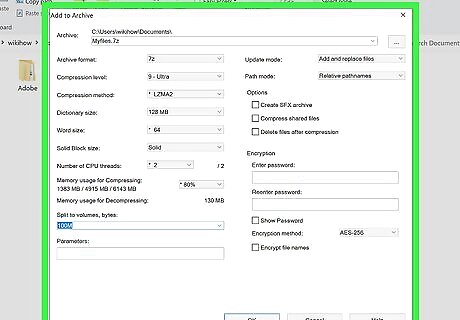
You can use the following steps to compress files using the highest compression rate with 7-Zip. This will not guarantee that files will be reduced to the file size you want, but it will compress files using the highest possible compression rate: If the file is still too large, you can make split files of a specific size. Use the following steps to compress files using 7-Zip: Download the 7-Zip for your operating system from https://www.7-zip.org/download.html Open the installation file from within your web browser or Downloads folder. Follow the installation instructions. Right-click the file or folder you want to compress. Hover over 7-Zip. Click Add to archive. Select "7z" next to "Archive Format." Select "Ultra" next to "Compression Level." Select "LZMA2" next to "Compression Method." Select "128 MB" next to "Directory Size." Select "64" next to "Word Size." Leave "Solid Block Size" as the default setting. Leave "Number of CPU threads" as the default settings. Enter the file size of the split files you want to create below "Split to volumes, bytes" (Only if you are creating split files). Click Ok.
Can I Compress PDFs?

Yes, you can compress PDF files using Adobe's online compression tool. This does not guarantee that the file size will be the exact size you want, but you can select the compression level you want to use. Higher compression will result in a smaller file size, but a lower quality file. Use the following steps to compress a PDF: Go to https://www.adobe.com/acrobat/online/compress-pdf.html in a web browser. Click Select a file. Select the PDF file you want to compress. Select your compression level (High compression will result in a smaller file size, but lower quality file). Click Compress in the lower right corner. Click Download once the compression is finished.
Can I Compress a JPEG File?
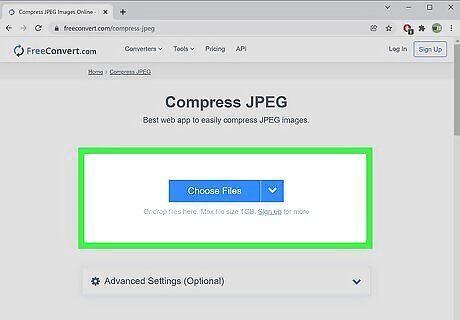
Yes, you can use a free online converter tool to reduce the size of a JPEG image. This will not guarantee a file of the exact size you want, but it will produce a smaller file size. This will reduce the image quality. Use the following steps to compress a JPEG image: Go to https://www.freeconvert.com/compress-jpeg in a web browser. Click Choose Files in the middle of the screen. Select the JPEG images and click Open. Click the gear icon next to the file you uploaded. Select "Enter Target File Size" next to "Compression Method." Enter your preferred file size in kilobytes next to "Select Target Size (KB)." Click Apply Settings in the lower-right corner. Click Compress JPEG. Click Download JPEG once the file is finished processing.
Can I Compress an MP4 File?

Yes, you can use a free online converter tool to reduce the size of an MP4 video file. This does not guarantee the file will be the exact size you want, but it will produce a smaller file size. This may also reduce the quality of the video file. Use the following steps to reduce the file size of an MP4 video: Go to https://www.veed.io/tools/video-compressor/mp4-compressor in a web browser. Click Choose MP4 File on the left side of the screen. Click Upload a File in the middle of the screen. Select an MP4 file and click Open. Drag the slider bar below "Compression" on the left to select a target file size. The estimated file size is displayed at the bottom of the menu on the left. Use the drop-down menu below "Resolution" to select the image resolution for your video. Click Compress Video at the bottom of the menu on the left.
Can I Compress an MP3 File?
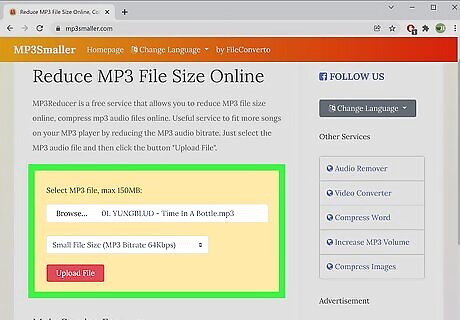
Yes, you can use a free online converter tool to reduce the size of an MP3 video file. This does not guarantee a specific file size, but you can reduce the file size. This will also reduce the sound quality of the MP3 file. Use the following steps to reduce the file size of an MP3 file. Go to https://www.mp3smaller.com/ in a web browser. Click Browse below "Select MP3 File." Select an MP3 file you want to compress and click Open. Use the drop-down menu at the bottom of the yellow square to select the bitrate (Small file size will produce a smaller file with lower quality sound.). Click Upload File at the bottom of the yellow square. Click Download File at the top of the yellow box when the file is finished processing.



















Comments
0 comment